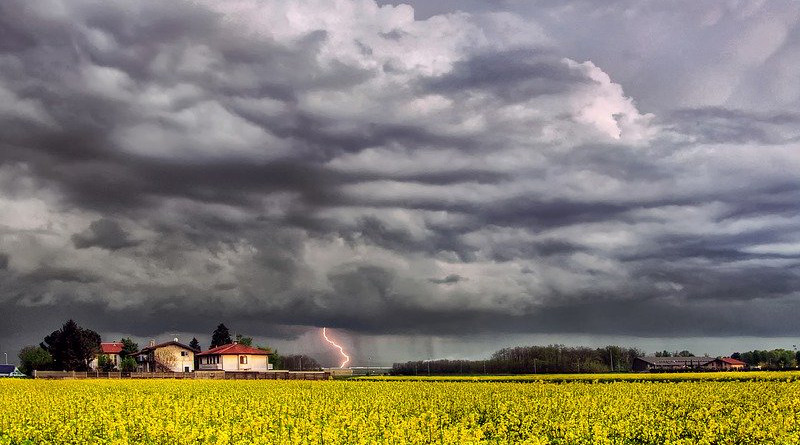Tropical Rainfall Pattern Will Increase Rainfall Variability In Pacific Northwest
The Science
The Madden-Julian Oscillation (MJO) is a tropical rainfall pattern that excites waves of air in the atmosphere. The MJO can have a significant effect on weather outside of the tropics. Scientists have studied how the MJO might respond to a warming climate. However, they know much less about how warming temperatures might affect the “teleconnection” that causes the MJO to affect non-tropical weather.
This research shows that the MJO teleconnection pattern observed in winters in far northern regions will likely extend further eastward over the North Pacific. This change will increase the effects of the MJO on the variability of rainfall in California.
The Impact
The eastward-extended teleconnection allows the MJO to exert more influence on the Northeast Pacific and the west coast of North America. The increased sub-seasonal variability poses challenges on regional resource management. It also creates challenges for how we prepare for extreme weather in these regions.
The MJO is a slow-moving tropical mode that produces a planetary-scale envelope of convective storms. By exciting Rossby waves—atmospheric waves that span the planet—the MJO creates atmospheric linkages called “teleconnections” that have far-reaching effects on extratropical circulation and weather. While recent studies have investigated the MJO’s response to anthropogenic warming, scientists know less about potential changes in MJO teleconnection patterns.
This new research shows that the MJO teleconnection pattern in boreal winter will likely extend further eastward over the North Pacific. This is due primarily to an eastward shift in the exit region of the subtropical jet, on which the teleconnection pattern is anchored, and additionally contributed by an eastward extension of the MJO itself.
The eastward-extended teleconnection allows the MJO to exert a greater impact downstream on the Northeast Pacific and North American west coast. Over California, the multi-model statistical mean result projects an approximately 54 percent increase in MJO-induced precipitation variability by the year 2100 under a high emission scenario.

